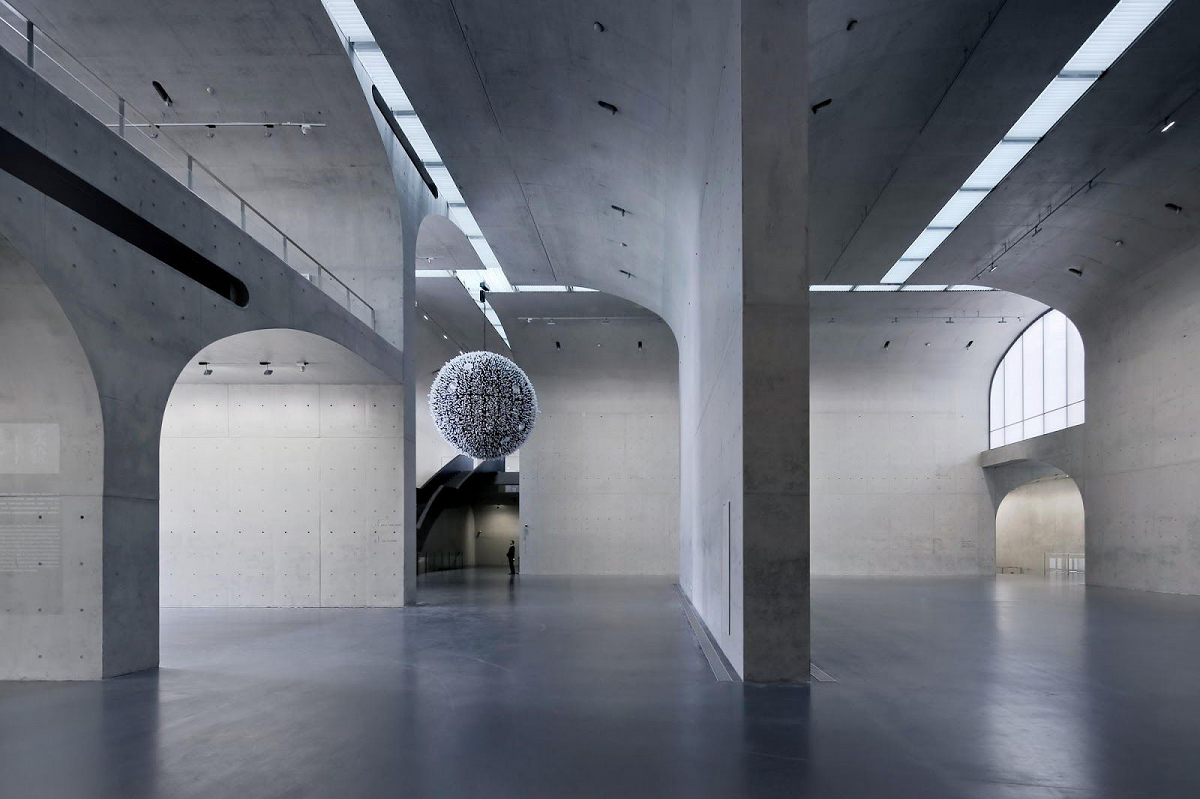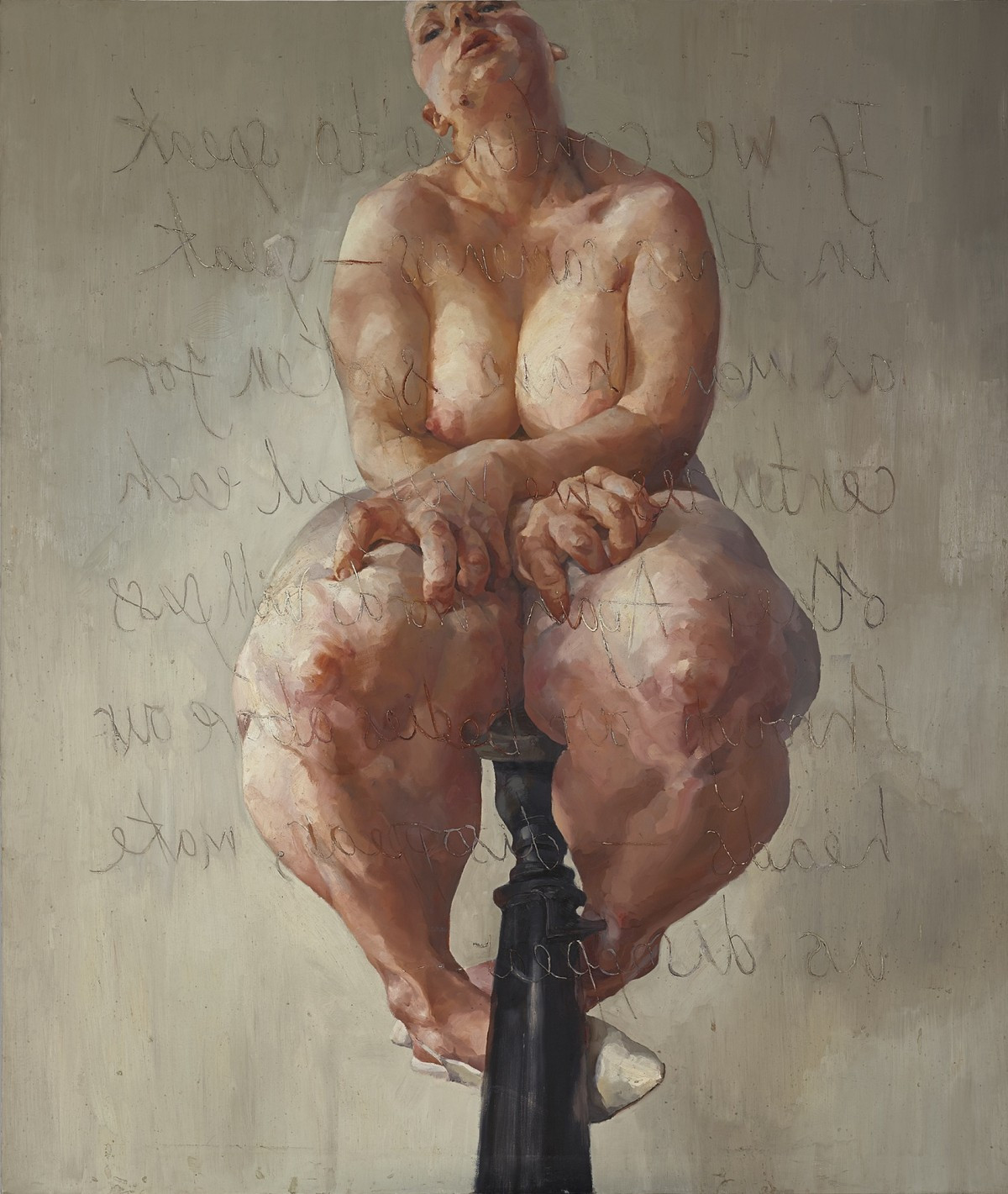The Golden Age of Collectors: When Passion Turns into Power
Published: March, 2019, “WHY DO WE NEED ART?“ BY COBO SOCIAL
In July last year, the highly regarded New York Times art critic Roberta Smith wrote a scathing review of Jenny Saville’s show, calling Saville a student painter lacking the combination of ethics and aesthetics that makes a great artist. Three months later, Jenny Saville’s painting Propped (1992) sold for just under 12.5 million dollars at Sotheby’s, making Saville the most expensive living female artist. The collector who bought the painting clearly couldn’t care less about bad critical reception; he was convinced of the strength of this specific work endorsed by top galleries. This is an excellent example of today’s shifting criteria of valorization, where collectors happily ignore expert opinion in favor of the work’s visual power and market opportunities.
The growth of the contemporary art world has been fast and furious over the past fifteen years. This opening up, in combination with the possibilities offered by new media, has created an army of artists: both educated and self-taught, out- as well as insiders, rediscovered and freshly graduated, all of them storming the art world. We live in times of oversupply of art and lack of public funds. Don’t let be misled by the record prices of rare works – we live in a collector’s paradise, where the God of Art has created galleries, museums, and a press that serve and love collectors.
Is this bad? Contemporary collectors have added speed and excitement to the art world, soaked art in financial values and put eternity on hold in favor of the now. They have created fertile ground for art to be made, seen, and, in spells, thrive. They strengthened the existing post-war canon and recently happily embraced another market-safe extension of it: overlooked women artists and artists of color. The latter in a perfect symbiosis with museums and art history, so the art world could have collectively redeemed itself from its sins of the past.
As to the present-day deadly sin of collectors, their love of trends and trophies: those who can afford it hover around classic post-war heroes, those who cannot, chase emerging hypes. There is little enthusiasm for being involved in artists’ slow ripening, existential doubts, and creative investigations that inevitably go nowhere at times. Today art has become interesting not because it gives you moments of reflection but because it sets you in motion to do things.
These preferences and impulses result in the neglect of the huge middle field of artists, instead contributing towards the consolidation of power at the top galleries and biggest auction houses where most of the collectors’ money ends up. Collectors’ power is like water: if channeled well it can create immense ambitious energy, let’s say the energy of the Sistine Chapel, if left uncontrolled it will flood the system with ego trips, investment strategies, and bad taste. The question is, therefore, not whether collectors have too much power, but instead how to use this power to the benefit of the proper art system.
